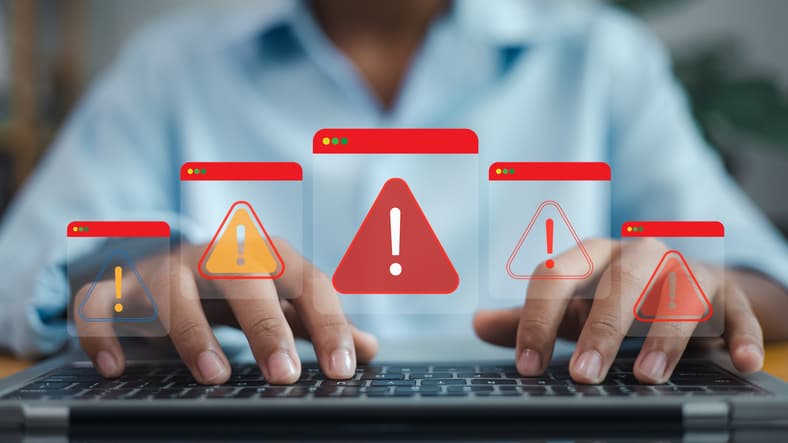
By Barley Laing, the UK Managing Director at Melissa
In recent research we carried out and published in The state of enterprise data quality 2025 report we discovered that 84 per cent of organisations struggle with inaccurate or duplicate data.
In fact, there are numerous data-related challenges they face that cause data quality issues which are highlighted in the report. At the top is outdated contact information, cited by 32 per cent of respondents. In second place is compliance with evolving data regulations, raised by 25 per cent of interviewees, with incomplete customer profiles third at 23 per cent. Each of these issues compounds when records are scattered across systems that do not synchronise in real-time.
Other data-related challenges include identity fraud or impersonation cited by 17 per cent of respondents, duplicate records by 15 per cent, and difficulty in integrating multiple data sources was raised by 12 per cent. While these three areas receive slightly lower scores their aggregate cost can surpass more visible pain points. Fraud losses tend to spike in isolation, while manual deduplication efforts often accumulate without warning or budget allocation.
It’s important to attack these root causes of data problems and turn ad hoc firefighting into a continuous, rules-driven process.
Undertake address verification
To begin with put processes in place that deliver address verification to ensure contact data accuracy on an ongoing basis. It’s only with clean and verified addresses that it’s possible to provide a fast and frictionless shopping experience that consumers expect. Also, clean customer data can be effectively analysed to gain valuable customer insight that can be used to keep them happy, with personalised communications and offers. Furthermore, on the ID side, with up-to-date and standardised customer addresses it’s much easier to match and verify identities across multiple sources. Therefore, verifying the accuracy and legitimacy of an individual’s address should be the first stage in any identity related process, with any discrepancies between a claimed address and official records acting as red flags for fraud or compliance failures.
Address Lookup
Collecting accurate customer data should commence at the onboarding stage with an address lookup or autocomplete service. These tools deliver correct address data in real-time by providing a properly formatted, correct address when the user starts to input theirs. A key benefit of using such a service is the number of keystrokes required is cut by up to 81 per cent when entering an address, speeding up the onboarding process, enhancing the entire experience, making it much more likely that an application or purchase will be completed. Additionally, similar tools can correctly collect email addresses, telephone numbers and names at the first point of contact.
Dedupe data
Undertake data deduplication, because those organisations without data quality initiatives in place commonly experience 10 – 30 per cent duplicate rates on their customer databases. This adds cost in terms of time and money, particularly with printed communications and online outreach campaigns. Furthermore, it can have a negative impact on the sender’s reputation with customers receiving two or more of the same communication. The answer is to obtain an advanced fuzzy matching tool to merge and purge the most challenging records to create a ‘single user record’ and source an optimum single customer view (SCV). This insight is essential in improving customer communications, along with reducing the opportunity for fraud.
Data cleansing
Embark on data cleansing or suppression activity to highlight people who have moved or are no longer at the address on file. Along with removing incorrect addresses these services often include deceased flagging to stop the delivery of mail and other communications to those who have passed away, which can cause distress to their friends and relatives. The use of suppression strategies enables organisations to save money by not distributing inaccurate messaging, and therefore protect their reputation, while at the same time improving their targeting to overall enhance the customer experience.
SaaS data quality platform
It has never been easier to deliver data quality in real-time to support wider organisational efficiencies and provide a better customer experience. A scalable data cleaning SaaS platform can be accessed in a matter of hours and doesn’t need coding, integration, or training. Such technology can cleanse and correct names, addresses, email addresses and telephone numbers worldwide from official data sources - government agency, credit agency, and utility companies. It can do so with held data in batch and as new data is being collected. As well as SaaS such a platform can also be deployed as a cloud-based API, via connector technology like Microsoft SQL Server, or on-premise.
Data quality is no longer an IT afterthought; it’s a strategic business priority. Organisations that embrace real-time, automated customer contact data verification and deduplication are better positioned to reduce risk and prevent fraud, accelerate onboarding and unlock long-term growth.



